Home>Renovation & DIY>Home Renovation Guides>What Should The Humidity Be In My Crawl Space
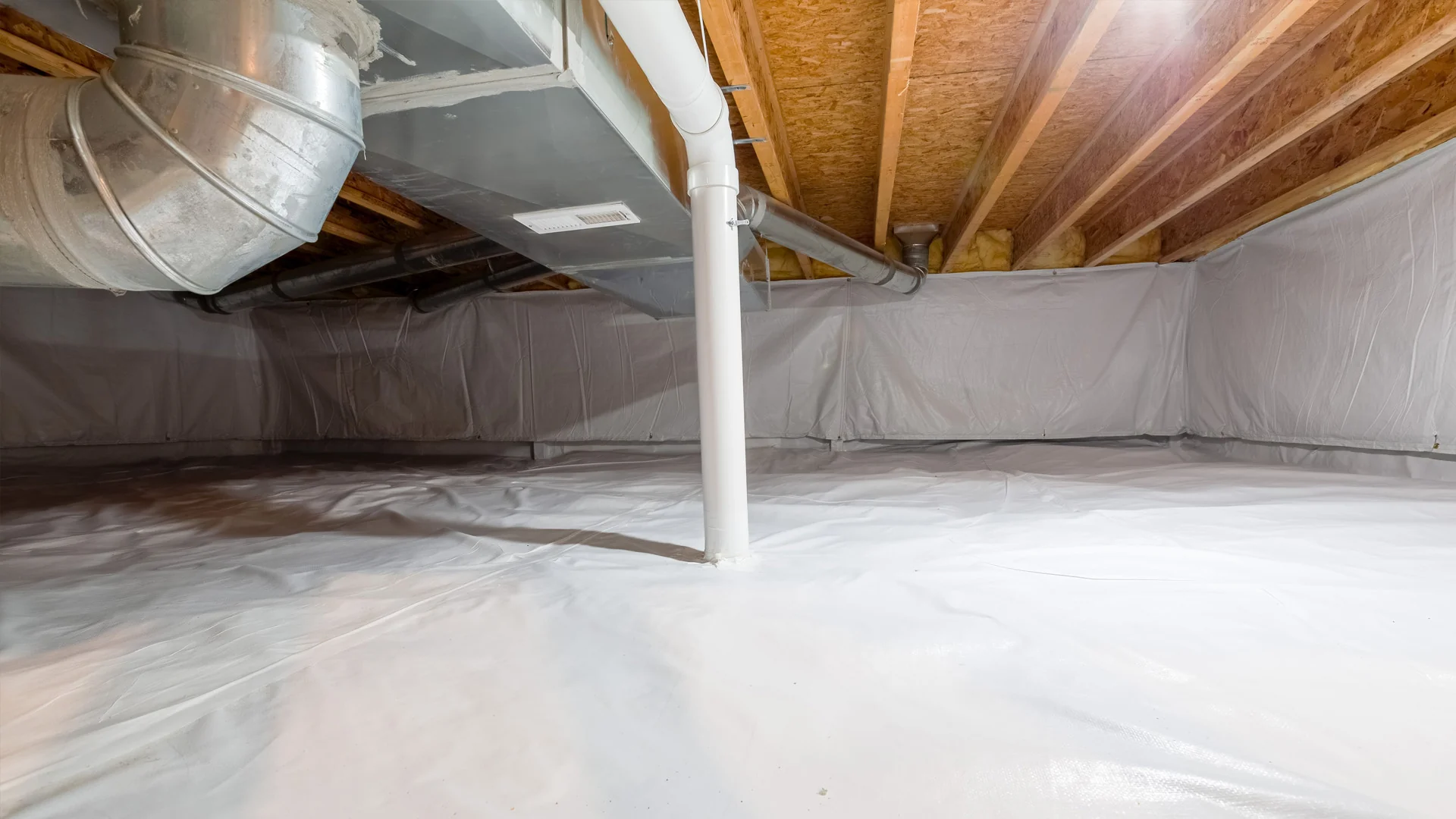

Home Renovation Guides
What Should The Humidity Be In My Crawl Space
Modified: September 2, 2024
Learn about the ideal humidity levels for your crawl space in this comprehensive home renovation guide. Prevent moisture issues and protect your home.
(Many of the links in this article redirect to a specific reviewed product. Your purchase of these products through affiliate links helps to generate commission for Storables.com, at no extra cost. Learn more)
Importance of Humidity Control in Crawl Spaces
Maintaining optimal humidity levels in crawl spaces is crucial for the overall well-being of a home. Crawl spaces are susceptible to moisture buildup due to their proximity to the ground, making them prone to high humidity levels. Controlling humidity in these areas is essential for several reasons:
-
Preventing Structural Damage: Excessive moisture in crawl spaces can lead to structural issues such as wood rot, which compromises the integrity of the home's foundation and support beams. By regulating humidity levels, homeowners can mitigate the risk of costly structural damage.
-
Mold Prevention: High humidity creates an ideal environment for mold and mildew growth. These microorganisms not only pose health risks to occupants but also contribute to the deterioration of building materials. Controlling humidity inhibits mold proliferation, safeguarding both the property and its inhabitants.
-
Enhancing Indoor Air Quality: The air in crawl spaces can infiltrate the living areas above, affecting the overall indoor air quality. Excess moisture promotes the release of airborne pollutants and allergens, which can exacerbate respiratory issues. By managing humidity, homeowners can improve the air quality within their homes.
-
Pest Control: Damp environments attract pests such as termites, cockroaches, and rodents. By regulating humidity levels, homeowners can deter these unwanted intruders, thereby safeguarding their property from potential infestations.
-
Energy Efficiency: High humidity levels can lead to increased energy consumption as HVAC systems work harder to maintain comfortable indoor temperatures. By controlling humidity in crawl spaces, homeowners can optimize energy efficiency and reduce utility costs.
In essence, maintaining proper humidity levels in crawl spaces is integral to preserving the structural integrity of the home, safeguarding indoor air quality, and preventing the proliferation of mold and pests. By prioritizing humidity control, homeowners can ensure a healthier and more sustainable living environment.
Key Takeaways:
- Maintaining humidity levels between 30% and 50% in crawl spaces is crucial for preventing structural damage, mold growth, and pest infestations, ensuring a healthy and sustainable living environment.
- To control humidity in crawl spaces, use vapor barriers, ventilation, dehumidifiers, proper drainage, and sealing/insulation to safeguard the home from moisture-related issues and create a healthier living space.
Read more: How Tall Should A Crawl Space Be
Recommended Humidity Levels for Crawl Spaces
Maintaining the ideal humidity levels in crawl spaces is essential for preserving the integrity of a home and ensuring the well-being of its occupants. The recommended humidity range for crawl spaces typically falls between 30% and 50%. This range is conducive to preventing moisture-related issues while fostering a healthy and sustainable indoor environment.
When humidity levels exceed 50%, crawl spaces become susceptible to a myriad of problems, including mold growth, wood decay, and pest infestations. Conversely, humidity levels below 30% can lead to excessively dry conditions, potentially causing structural materials to shrink and crack.
By adhering to the recommended humidity range, homeowners can effectively mitigate the risks associated with excessive moisture buildup. This optimal range not only deters mold and mildew proliferation but also safeguards the structural components of the home from decay and deterioration.
To monitor humidity levels in crawl spaces, homeowners can utilize hygrometers, which are devices designed to measure relative humidity. Regularly assessing and maintaining humidity within the recommended range is crucial for preventing potential issues that may compromise the structural integrity and indoor air quality of the home.
In regions with high humidity or frequent moisture intrusion, employing dehumidifiers in crawl spaces can aid in regulating humidity levels. Dehumidifiers work by extracting excess moisture from the air, thereby helping to maintain a balanced and healthy environment within the crawl space.
In summary, adhering to the recommended humidity levels of 30% to 50% in crawl spaces is paramount for preserving the structural integrity of a home, preventing mold and pest infestations, and promoting a healthy indoor environment. By prioritizing humidity control within this optimal range, homeowners can effectively safeguard their property and ensure a comfortable and sustainable living environment.
Consequences of High Humidity in Crawl Spaces
High humidity in crawl spaces can lead to a cascade of detrimental effects, posing significant risks to both the structural integrity of the home and the health of its occupants. Understanding the potential consequences of elevated humidity levels is crucial for homeowners seeking to mitigate these issues effectively.
Structural Damage
Excessive moisture in crawl spaces creates an environment conducive to wood rot and decay. As humidity levels rise, wooden support beams, floor joists, and subflooring are at risk of absorbing moisture, leading to structural instability. Over time, this can compromise the integrity of the home's foundation, resulting in sagging floors, weakened structural components, and potential safety hazards.
Mold and Mildew Growth
High humidity fosters the proliferation of mold and mildew, which can thrive in damp, dark environments. As moisture accumulates in crawl spaces, it provides an ideal breeding ground for these microorganisms. Mold and mildew not only compromise the structural integrity of the home by causing wood decay but also pose health risks to occupants. Exposure to mold spores can trigger respiratory issues, allergies, and other health complications, particularly in individuals with preexisting conditions.
Read more: What Is A Crawl Space?
Pest Infestations
Damp crawl spaces attract a variety of pests, including termites, cockroaches, and rodents. These unwelcome intruders seek out moisture-rich environments for nesting and sustenance. High humidity levels in crawl spaces can therefore lead to pest infestations, posing a threat to the structural components of the home and potentially compromising the health and safety of its occupants.
Increased Energy Consumption
Elevated humidity levels in crawl spaces can impact the overall energy efficiency of a home. When the air in crawl spaces is excessively humid, HVAC systems may need to work harder to maintain comfortable indoor temperatures. This increased workload can lead to higher energy consumption and elevated utility costs, ultimately affecting the household's budget and environmental sustainability.
Odor and Indoor Air Quality Issues
High humidity in crawl spaces can contribute to musty odors and poor indoor air quality. As moisture accumulates, it can lead to the release of airborne pollutants and allergens, affecting the air quality in the living areas above the crawl space. This can result in discomfort for occupants and exacerbate respiratory issues, particularly for individuals with sensitivities to airborne contaminants.
In summary, high humidity in crawl spaces can have far-reaching consequences, ranging from structural damage and mold growth to pest infestations and compromised indoor air quality. By addressing and mitigating these potential issues through effective humidity control measures, homeowners can safeguard their property and create a healthier and more sustainable living environment.
Consequences of Low Humidity in Crawl Spaces
Insufficient humidity levels in crawl spaces can also lead to a range of adverse effects, impacting both the structural integrity of the home and the well-being of its occupants. Understanding the potential consequences of low humidity is essential for homeowners aiming to maintain a balanced and healthy environment within their properties.
Read more: When Should You Open Crawl Space Vents
Structural Deterioration
Low humidity levels in crawl spaces can result in excessively dry conditions, potentially causing structural materials such as wooden beams and floor joists to shrink and crack. As these components lose moisture, they may become more susceptible to damage and degradation, compromising the stability and integrity of the home's foundation and support structure over time.
Increased Susceptibility to Pest Infestations
Dry crawl spaces can attract pests such as ants, spiders, and other insects seeking out drier environments for nesting and shelter. These pests may exploit the cracks and gaps in the structural components caused by low humidity, leading to potential infestations. Additionally, rodents may also be drawn to these areas in search of water, posing a threat to the property and its occupants.
Compromised Indoor Air Quality
Insufficient humidity in crawl spaces can contribute to the release of airborne particles and dust, potentially impacting the indoor air quality of the living spaces above. Dry conditions can lead to the accumulation of dust and other particulate matter, which may be circulated throughout the home, affecting the respiratory health and comfort of its occupants.
Potential Structural Instability
In extreme cases, prolonged low humidity levels can lead to the weakening of structural components, including wooden beams and supports. As these materials dry out, they may lose their original strength and resilience, potentially compromising the overall stability of the home's foundation and flooring.
Read more: What Is A Crawl Space Foundation
Risk of Electrical Issues
Low humidity levels can also impact electrical systems within the crawl space. Dry conditions may increase the buildup of static electricity, potentially leading to electrical discharge and the risk of damage to electronic components and wiring.
In summary, low humidity in crawl spaces can result in a range of adverse effects, including structural deterioration, increased susceptibility to pest infestations, compromised indoor air quality, potential structural instability, and the risk of electrical issues. By addressing and mitigating these potential issues through effective humidity control measures, homeowners can safeguard their property and create a healthier and more sustainable living environment.
Methods for Controlling Humidity in Crawl Spaces
Effectively managing humidity levels in crawl spaces is essential for preserving the structural integrity of a home and ensuring a healthy indoor environment. Fortunately, there are several proven methods for controlling humidity in crawl spaces, each offering unique benefits in mitigating moisture-related issues and promoting a sustainable living environment.
1. Vapor Barriers
Installing vapor barriers, such as polyethylene sheets, on the ground and walls of the crawl space can effectively prevent moisture from seeping into the area. These barriers act as a protective shield, inhibiting the intrusion of groundwater and reducing the potential for moisture buildup. By implementing vapor barriers, homeowners can significantly mitigate the risk of excessive humidity in crawl spaces.
2. Ventilation
Proper ventilation is crucial for regulating humidity levels in crawl spaces. Installing vents and ensuring adequate airflow can help dissipate excess moisture and prevent stagnant, humid conditions. Ventilation systems, including exhaust fans and air vents, facilitate air circulation, reducing the likelihood of moisture accumulation and promoting a balanced humidity environment within the crawl space.
3. Dehumidifiers
Utilizing dehumidifiers in crawl spaces is an effective method for controlling humidity. Dehumidifiers work by extracting excess moisture from the air, maintaining optimal humidity levels within the recommended range. By incorporating dehumidifiers into crawl space environments, homeowners can proactively manage humidity, mitigate the risk of mold growth, and safeguard the structural components of their homes.
4. Proper Drainage
Ensuring proper drainage around the perimeter of the home is essential for preventing moisture intrusion into crawl spaces. Implementing effective drainage systems, such as French drains and gutter extensions, can redirect water away from the foundation, reducing the potential for moisture buildup in crawl spaces. By addressing external moisture sources, homeowners can minimize the risk of elevated humidity levels within their crawl spaces.
5. Sealing and Insulation
Sealing and insulating crawl spaces can contribute to humidity control by creating a barrier against moisture intrusion. Sealing gaps, cracks, and openings in the crawl space and insulating the walls can help prevent the infiltration of humid air from the exterior. This approach not only regulates humidity levels but also enhances energy efficiency and protects the structural integrity of the home.
By implementing a combination of these methods, homeowners can effectively control humidity in crawl spaces, mitigating the risks associated with excessive moisture buildup and creating a healthier and more sustainable living environment. Prioritizing humidity control through these proactive measures is integral to preserving the structural integrity of the home and ensuring the well-being of its occupants.
Frequently Asked Questions about What Should The Humidity Be In My Crawl Space
Was this page helpful?
At Storables.com, we guarantee accurate and reliable information. Our content, validated by Expert Board Contributors, is crafted following stringent Editorial Policies. We're committed to providing you with well-researched, expert-backed insights for all your informational needs.
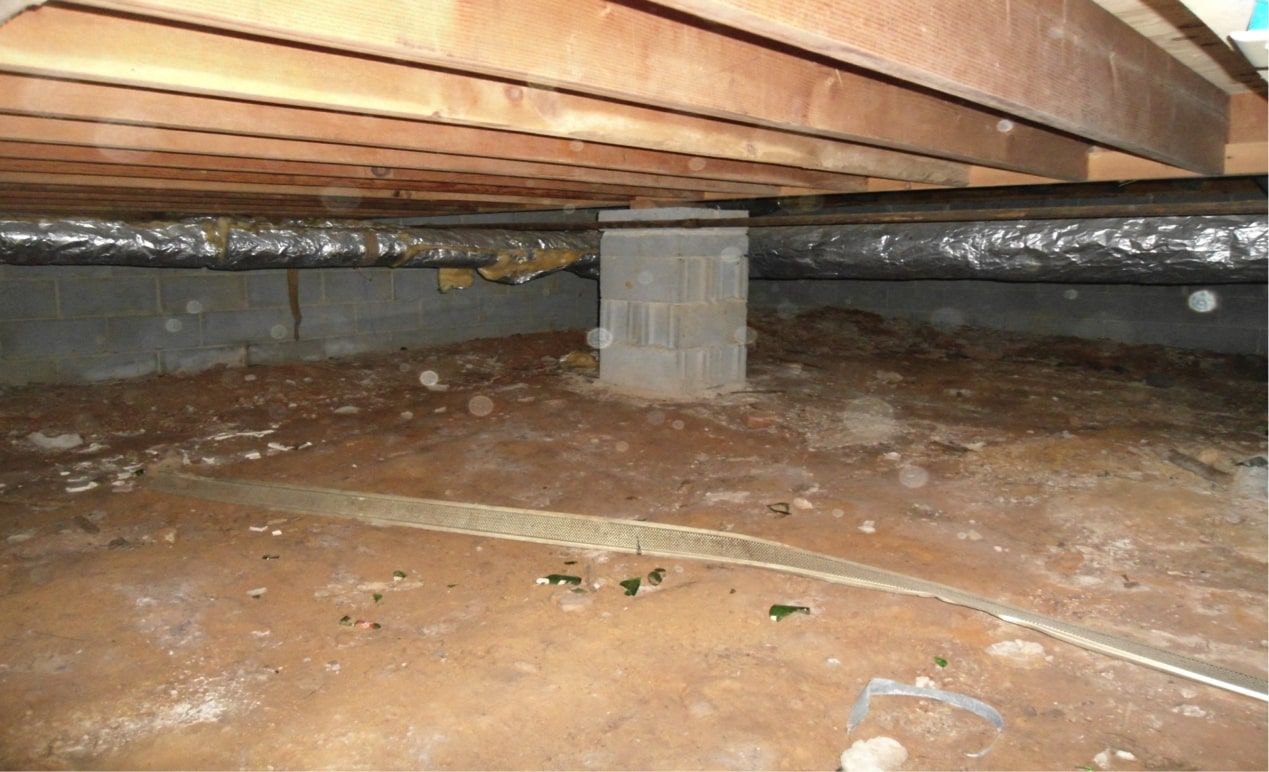
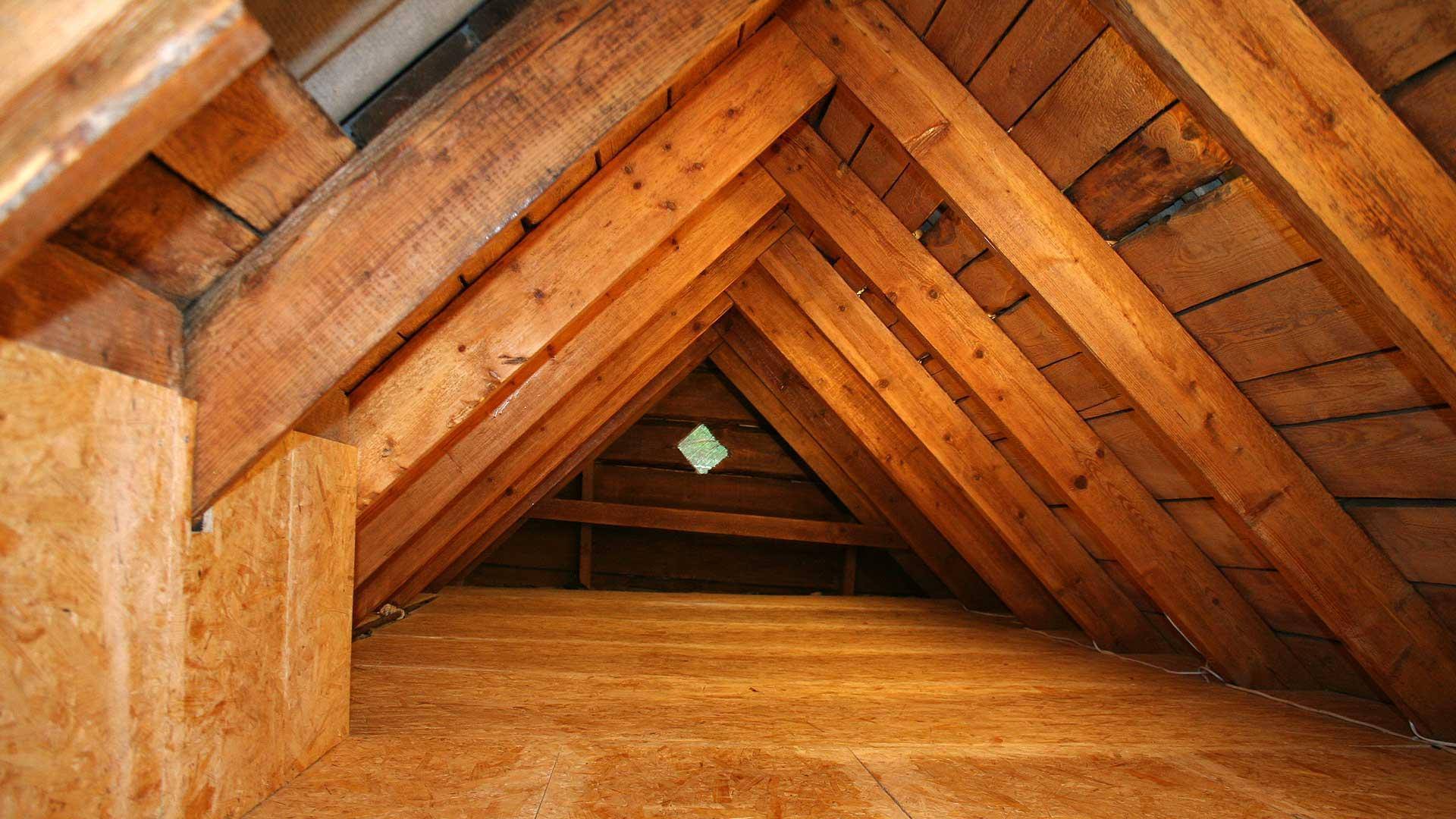
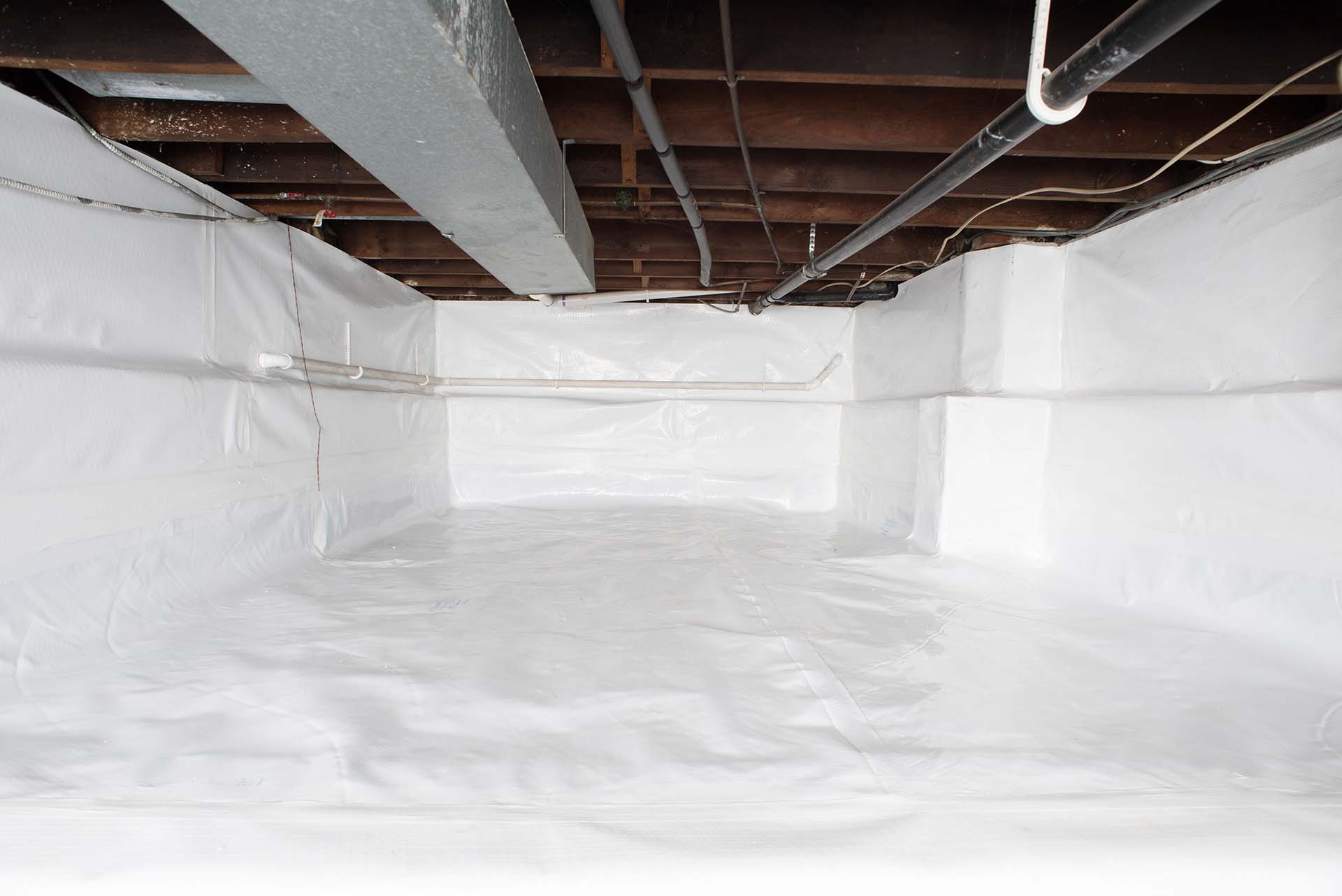
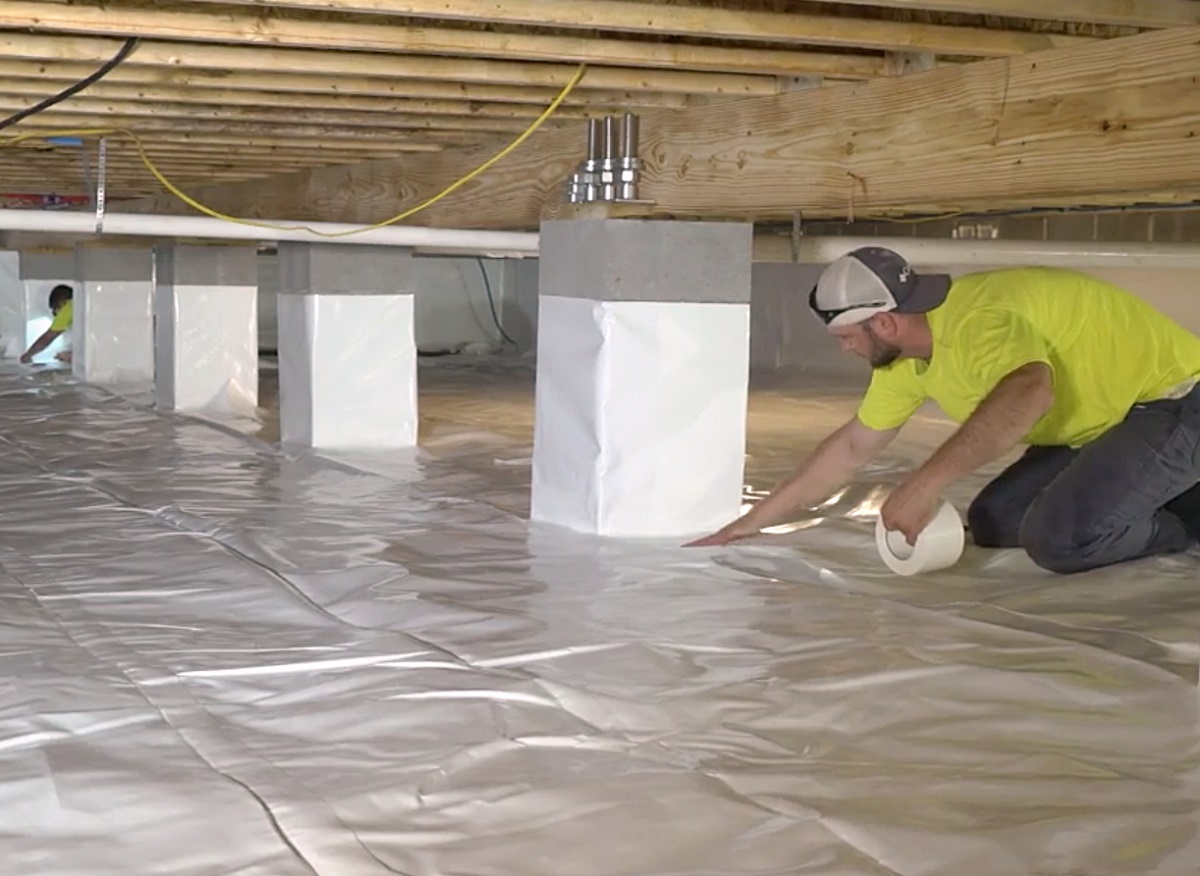
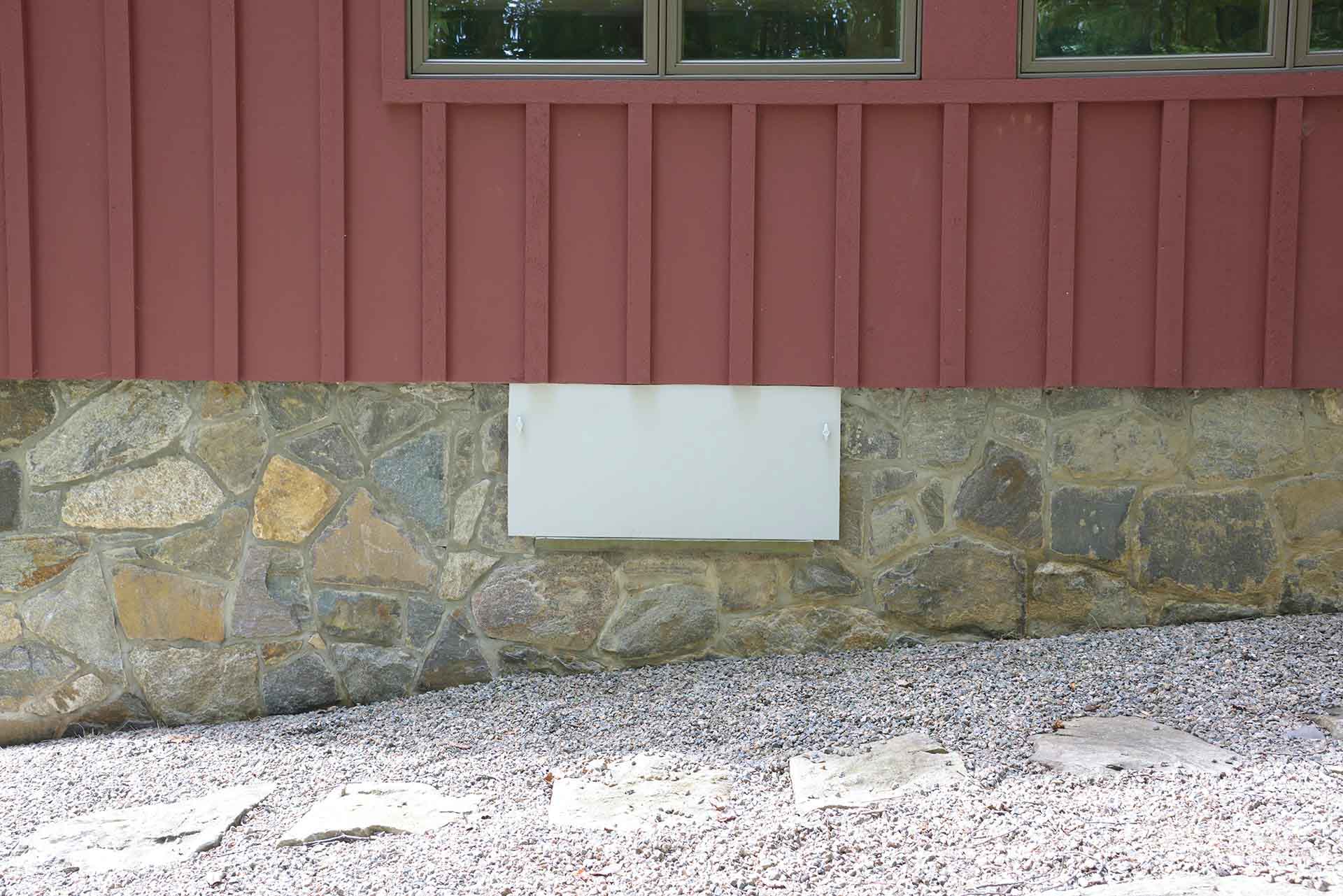

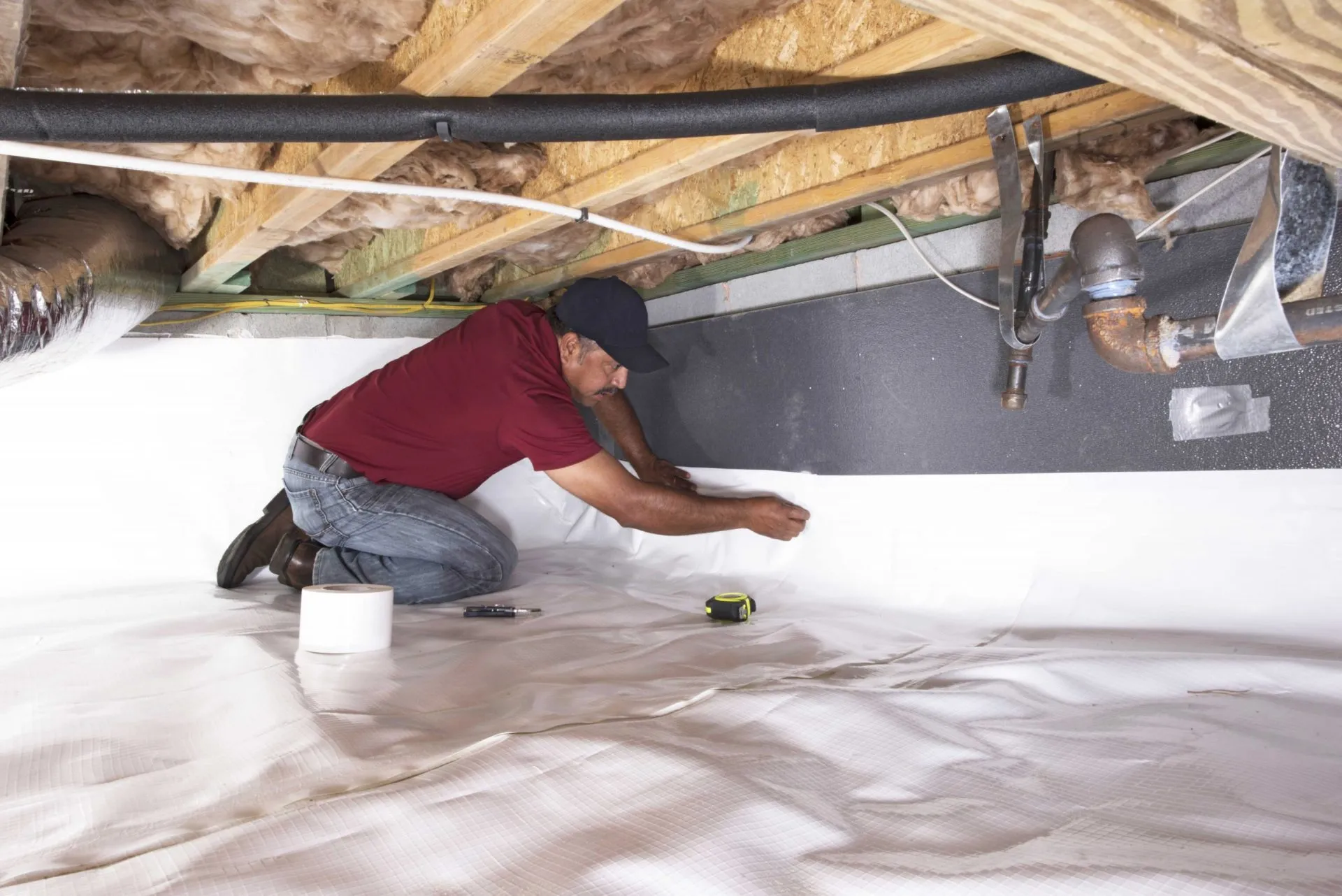
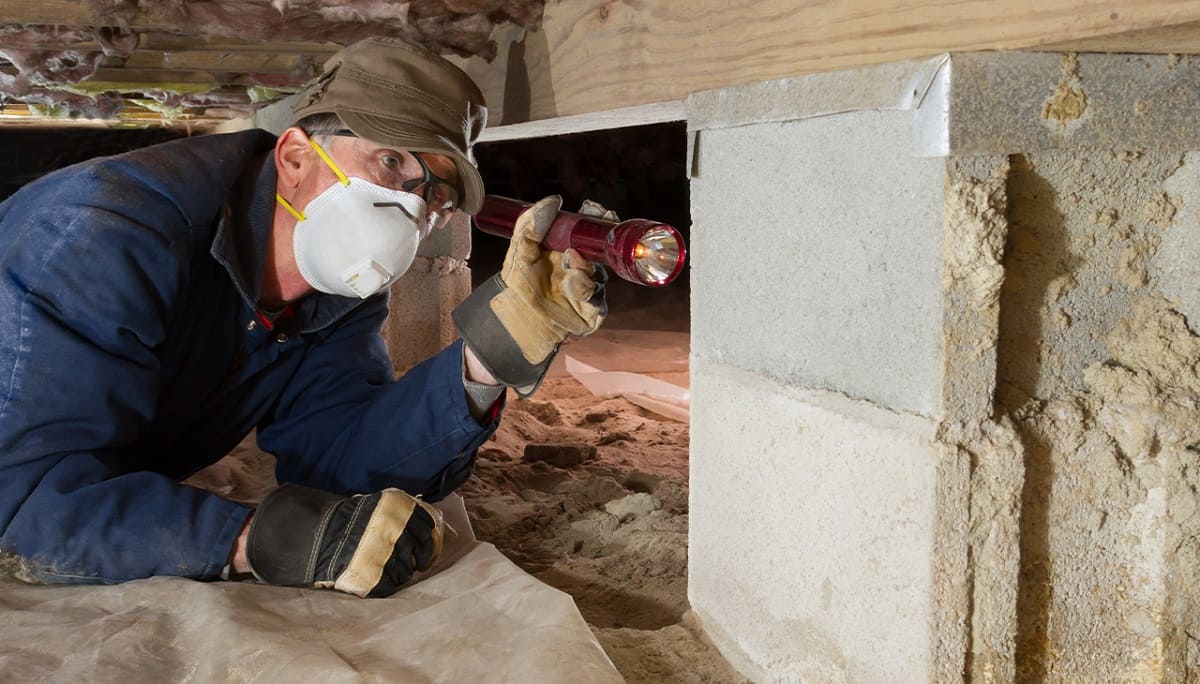
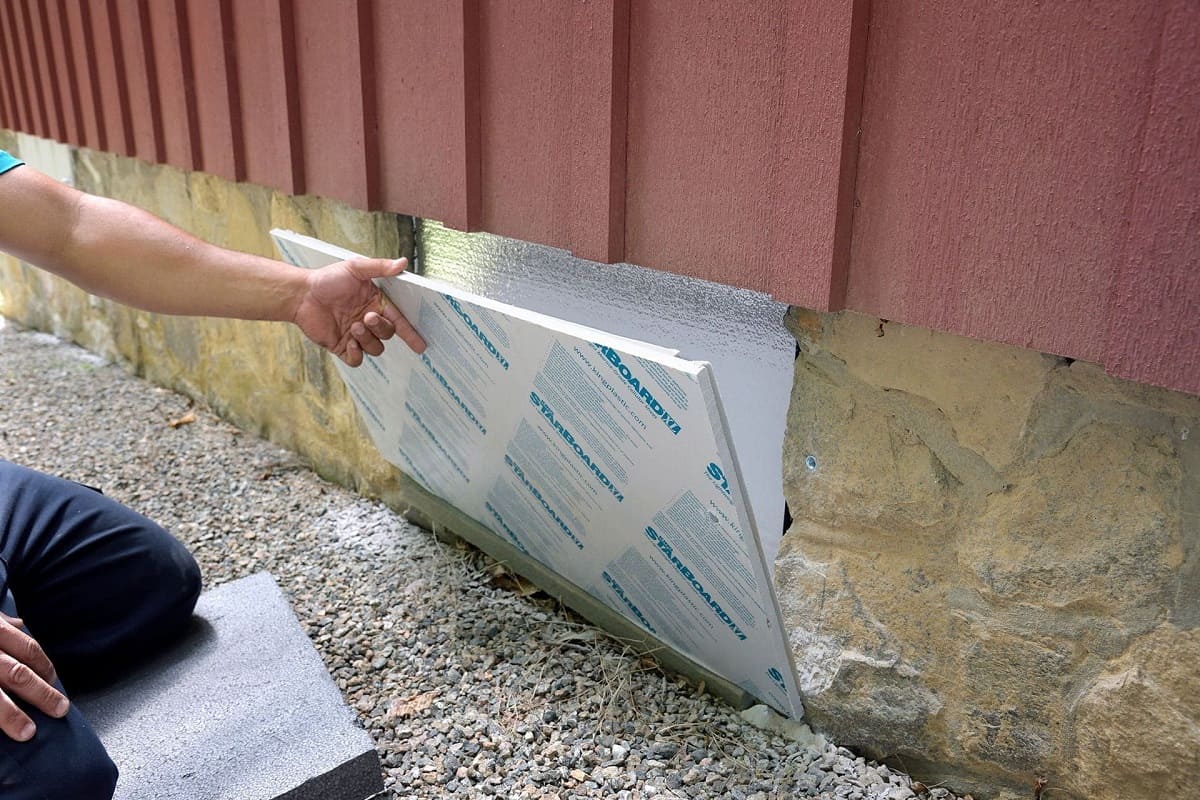
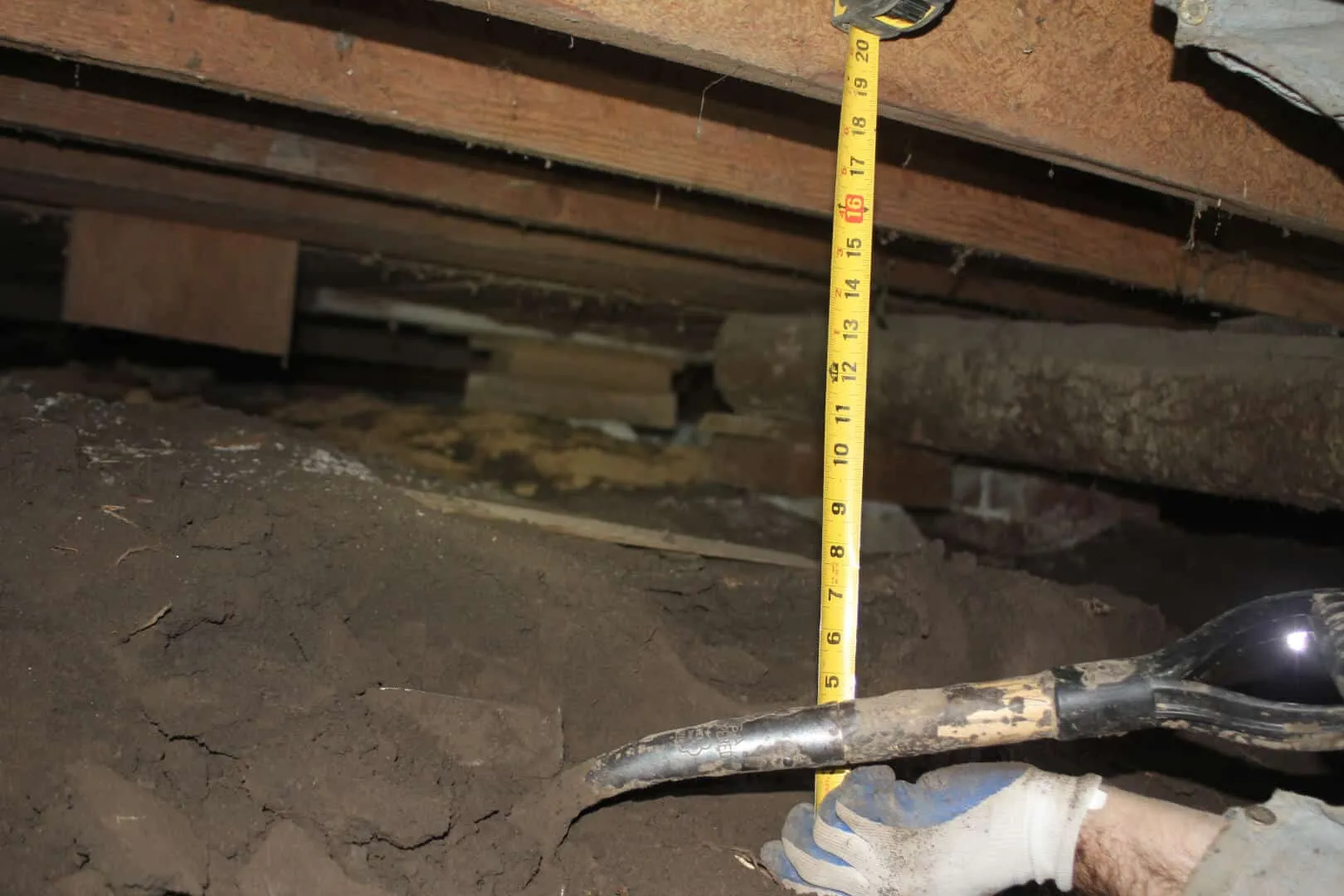
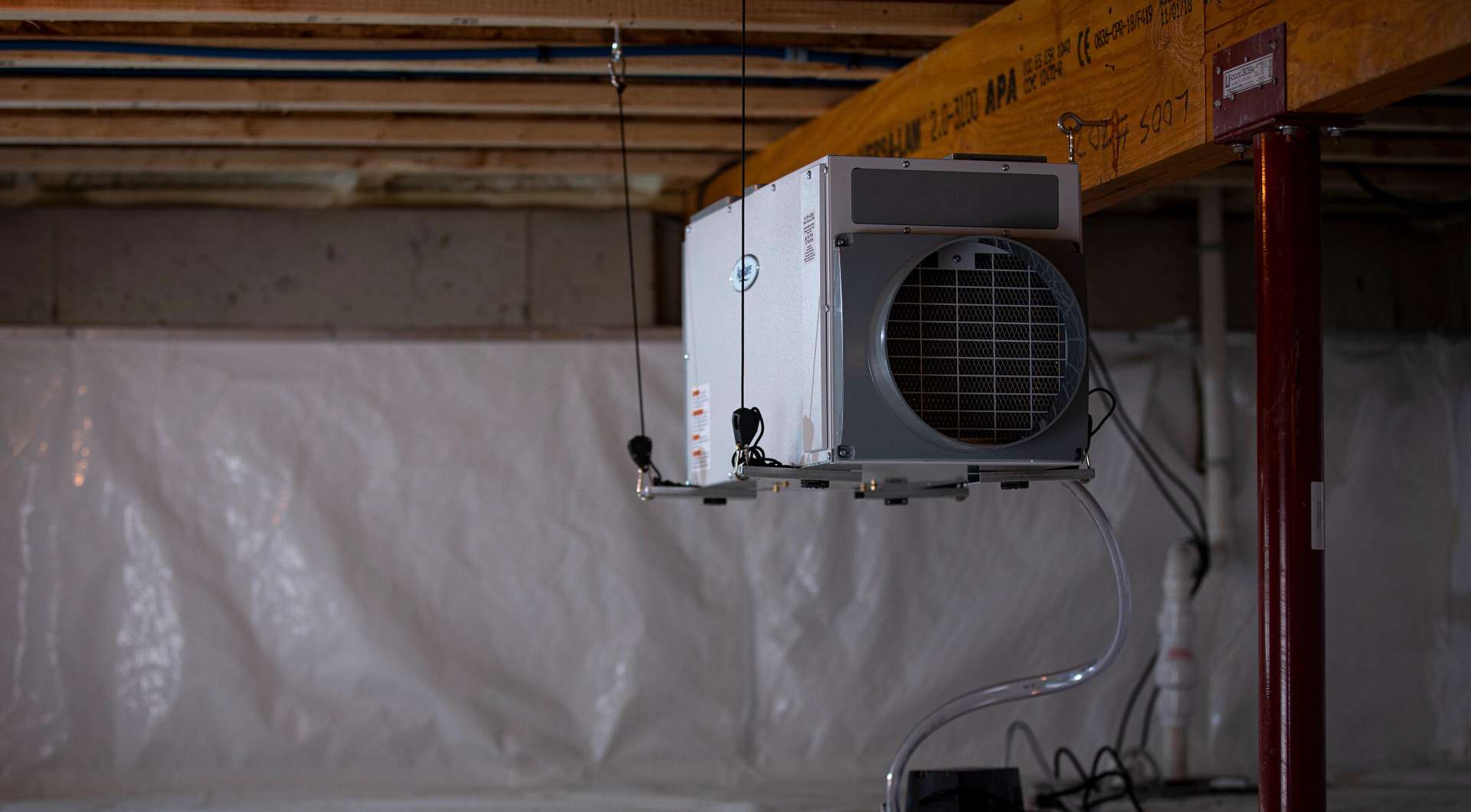

0 thoughts on “What Should The Humidity Be In My Crawl Space”